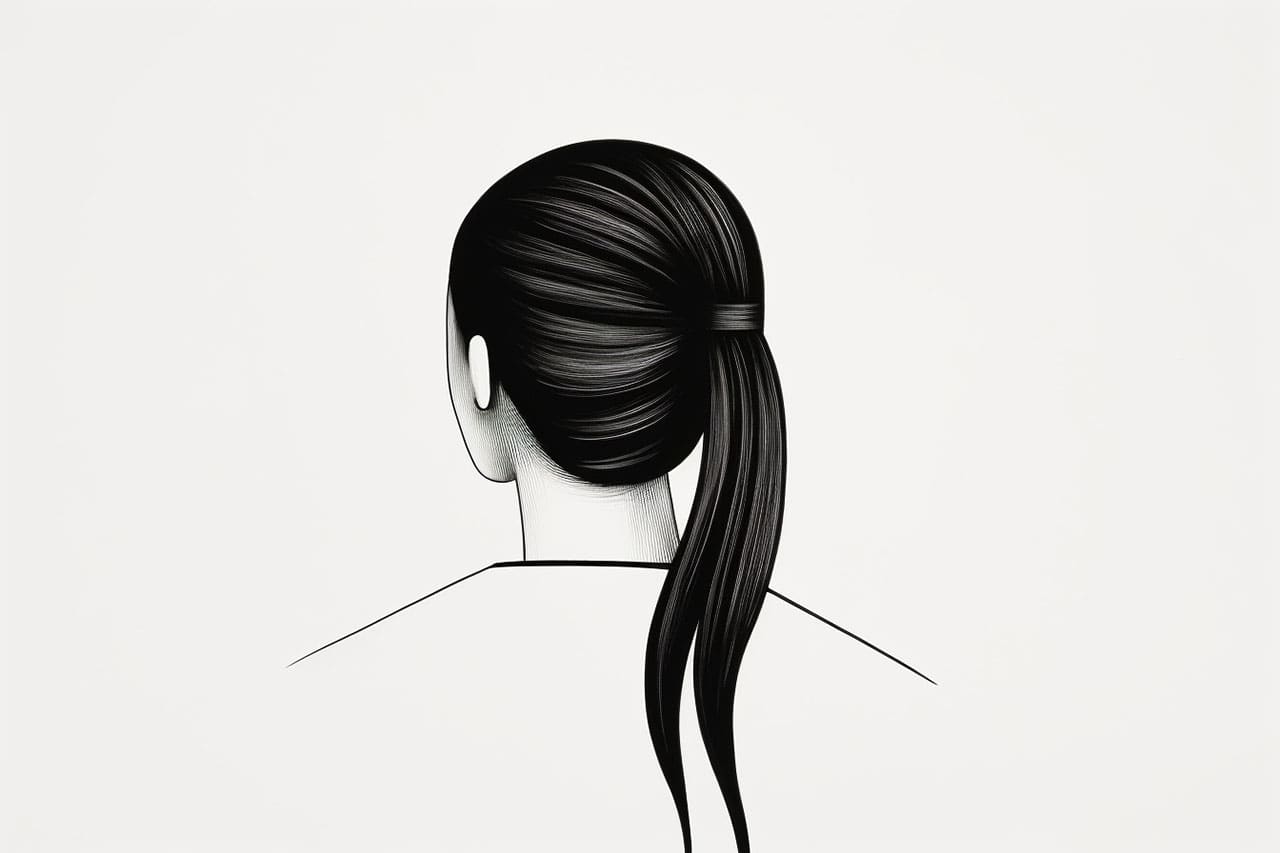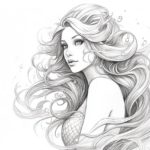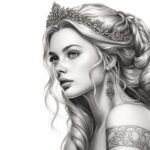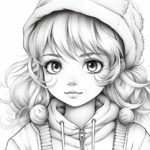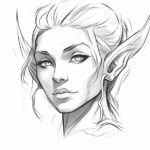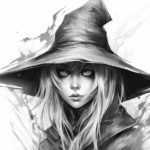A ponytail is a simple and versatile hairstyle that can be seen on people of all ages and genders. It is a classic choice that is both practical and stylish. If you enjoy drawing people and want to add a ponytail to your repertoire, you’re in luck! In this article, we will guide you through the process of how to draw a ponytail step by step.
Materials Required
Before we dive into the steps, let’s make sure you have all the necessary materials:
- Paper: Use a smooth and sturdy paper that can handle the pressure of your drawing tools.
- Pencil: A regular HB pencil will work fine for sketching and initial outlines.
- Eraser: Having an eraser handy is always a good idea, as it allows you to correct any mistakes along the way.
- Fine-tip marker or pen: Once you are satisfied with your pencil drawing, you can use a fine-tip marker or pen to outline the final drawing.
- Colored pencils or markers (optional): If you want to add color to your drawing, gather your preferred coloring tools.
- Reference pictures of ponytails.
Now that you have all your materials ready, let’s get started!
Step 1: Sketch the Head Shape
Start by sketching a basic outline of the head. This will serve as the foundation for your ponytail drawing. You can use simple shapes like an oval or a circle to define the head shape. Remember to keep it light and loose as you will be refining the shape later on.
Step 2: Add Facial Features
Next, add the facial features to your drawing. Position the eyes, nose, and mouth according to your desired style. Take your time to ensure that the features are symmetrical and proportionate. Use light lines at this stage, as you may need to make adjustments later.
Step 3: Visualize the Ponytail
Now, visualize the ponytail by sketching a rough shape for it. Consider the position and angle of the head to determine where the ponytail will sit. It can be high, mid-height, or low, depending on your preference. Remember, it’s just a rough sketch, so don’t worry about details or precision at this point.
Step 4: Define the Ponytail Shape
Refine the shape of the ponytail by adding more detail. Start by drawing the base where the hair is gathered, which is typically a curved line or oval shape. Then, sketch the direction and flow of the hair strands. If you want a sleek ponytail, keep the lines smooth and flowing. For a messy or curly look, add more texture and unevenness to the lines.
Step 5: Add Volume and Texture
To make the ponytail look more realistic, add volume and texture to the hair. Create the illusion of thickness by drawing additional hair strands that overlap and flow into the main shape of the ponytail. By varying the length and thickness of these strands, you can achieve different hairstyles and effects.
Step 6: Refine the Facial Features
Now that the ponytail is taking shape, it’s time to revisit the facial features. Refine the lines and add more detail to the eyes, nose, and mouth. Pay attention to the hairline and the areas where the hair covers or interacts with the face. Adjust the features accordingly to maintain a sense of balance and harmony.
Step 7: Finalize the Outline
Once you are satisfied with the overall composition of the drawing, go over the outlines with a fine-tip marker or pen. Use confident and deliberate strokes to define the shapes and details of the ponytail. You can also selectively erase any visible pencil lines to clean up the drawing.
Step 8: Color (Optional)
If you wish to add color to your drawing, use colored pencils or markers to bring the ponytail to life. Consider the hair color and style you want to portray. Experiment with shading and highlighting to create depth and dimension. Have fun with different color combinations to make your drawing unique and vibrant.
Conclusion
Drawing a ponytail can seem daunting at first, but by following these step-by-step instructions, you’ll be able to create beautiful and realistic ponytail hairstyles in no time. Remember to start with a solid foundation, refine the details, and add your personal touch. Practice regularly, and soon you’ll be able to draw ponytails with confidence. So grab your pencils, paper, and get ready to unleash your artistic skills!
Gallery of Ponytail Drawings
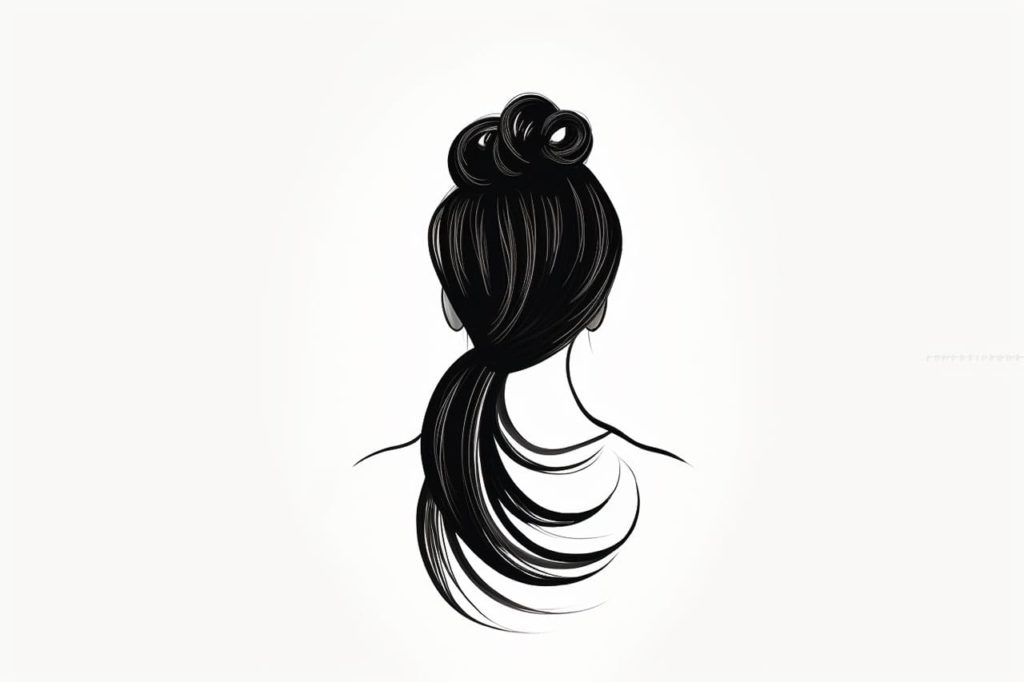
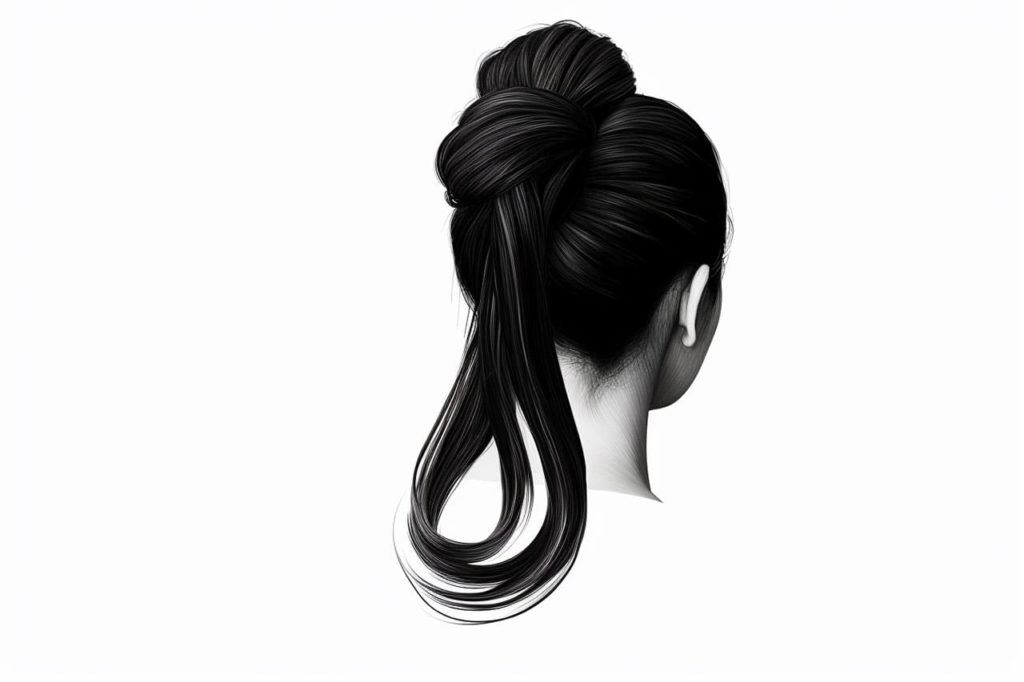

Fun Facts About Ponytails
- Ponytails are one of the oldest hairstyles, with evidence of their use dating back to ancient Greece.
- The ponytail got its name for its similarity to the tail of a pony.
- Ponytails can be worn high, low, on the side, or even as a double ponytail style.
- In the 18th century, it was customary for men to wear their hair in tight ponytails known as “queues.” This style was especially popular among military officers.
- Ponytails are not only stylish but also practical, as they keep hair out of the way during physical activities.
- The highest recorded ponytail hairstyle was created by stylist Louisa Johnson and measured at an impressive 12 feet and 8 inches long!
- Ponytails have made appearances in various iconic cultural moments, from sports to film stars.
- The versatility of ponytails allows them to cross gender barriers, being worn by people of all genders.
- Adding accessories like scrunchies, ribbons, or clips can transform the look of a ponytail instantly.
- Ponytails can cause tension on the hair follicles if worn too tightly, which may lead to a condition called traction alopecia.
Suggestions for Scenes and Settings for Ponytail Drawings
- School Day: Capture a classroom scene with students focused on their books, all sporting different styles of ponytails.
- Sports Field: Illustrate a track and field event with athletes sprinting by, their ponytails flowing in the wind like ribbons.
- Ancient Greece: Create a historical setting with figures styled in Greek attire, showcasing braided ponytails adorned with gold bands.
- Concert Stage: Picture a rock band performing, lead singer headbanging with a dramatic, high ponytail swinging to the beat.
- Dance Studio: Design an elegant ballet class scene with dancers concentrating at the barre, their sleek ponytails reflecting the discipline of the art.
- Beach Volleyball: Draw a seaside scene where players dive for the ball, sand flying and ponytails bouncing with each movement.
- Gala Event: Illustrate a glamorous red carpet event with attendees styled in sophisticated evening wear, accessorized with jeweled ponytails.
- Virtual Meeting: Depict a digital workspace with floating images of professionals present in a virtual meeting, each having unique ponytail styles captured through their webcams.
- Festival Fun: Show a lively music festival with attendees sporting colorful and creative ponytail arrangements, dancing to the rhythm.
- Skyline Adventure: Imagine a superhero soaring over the cityscape, cape trailing behind and a long ponytail flowing in the breeze.

